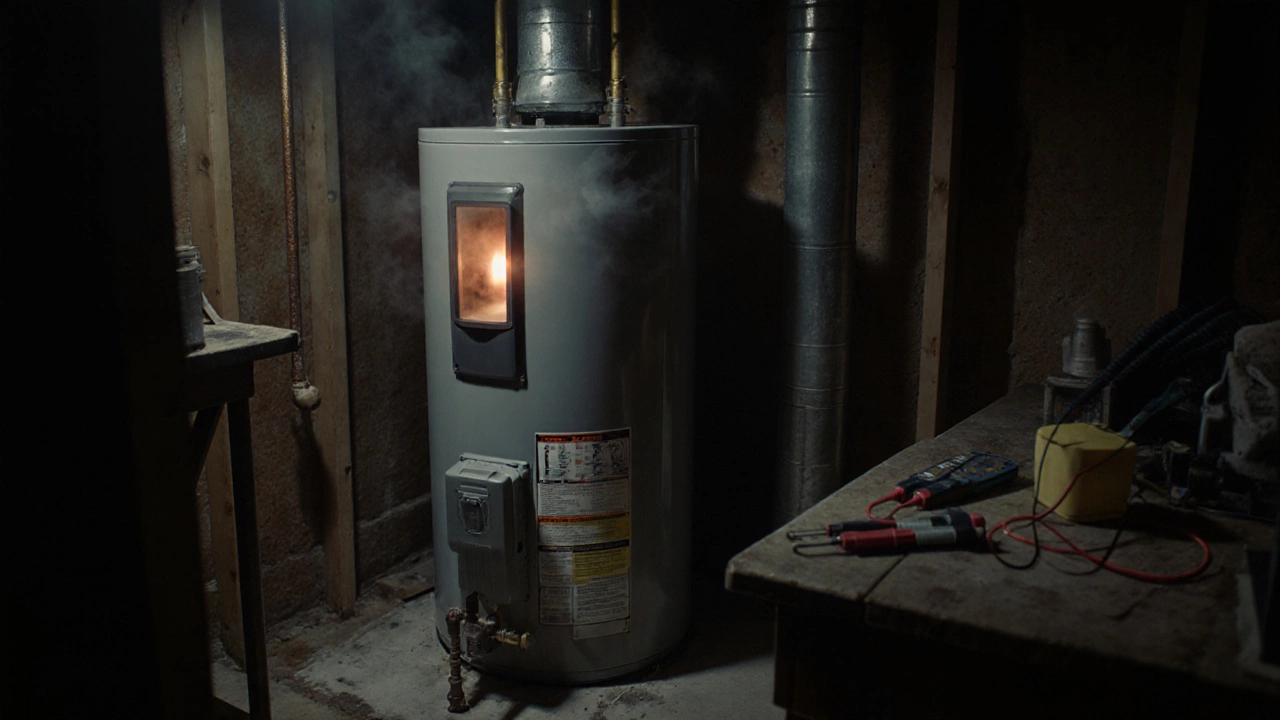The most common cause of no hot water is a pilot light that went out, especially in gas water heaters. Other frequent issues include a faulty thermocouple, sediment buildup, or a tripped thermostat. Learn how to diagnose and fix it yourself before calling a pro.
Water Heater Failure: Quick Fixes & When to Call a Pro
If your shower feels like an ice bucket, the culprit is probably a water heater failure. It can happen to any home, and the good news is most problems have simple clues and easy fixes. Below you’ll find the most common signs, quick DIY checks, and clear guidance on when it’s time to call an expert.
Spot the common signs of a failing water heater
First, notice if the hot water temperature fluctuates or drops suddenly. A sudden loss of hot water, strange noises (like popping or rumbling), or a foul smell are all red flags. Leaking water around the unit, rust-colored water, or a constantly running pilot light also point to trouble. These symptoms usually mean one of three things: a heating element is broken, a thermostat is faulty, or there’s a buildup of sediment inside the tank.
Easy DIY checks before you call a tech
Start with the power supply. For electric heaters, make sure the circuit breaker hasn’t tripped and the switch on the unit is on. For gas heaters, verify that the gas valve is open and the pilot light is lit. If the pilot won’t stay lit, the thermocouple might need cleaning or replacement.
Next, look at the temperature setting. A setting below 120°F can make water feel lukewarm, while too high a setting may trigger safety shut‑offs. Adjust it to around 120°F and see if the water warms up faster.
Another quick fix is flushing the tank. Sediment builds up over time and reduces heating efficiency. Turn off the power or gas, attach a garden hose to the drain valve, and let the water run until it’s clear. This can restore performance and prevent future leaks.
If the water is discolored, it’s likely rust or sediment. A simple tank flush often solves it, but if the water stays brown after flushing, the tank may be corroded and need replacement.
Finally, inspect the pressure relief valve. Lift the lever – water should flow out easily. If it’s stuck, it could cause pressure buildup and a dangerous leak.
When any of these checks don’t solve the problem, it’s time to call a professional. A licensed technician can test the heating elements, replace faulty thermostats, and safely handle gas connections. Trying to fix a gas valve or electrical component without proper training can be risky.
Remember, regular maintenance can stop many failures before they happen. Schedule a yearly inspection, keep the tank flush, and keep an eye on the anode rod – it protects the tank from corrosion. Replacing the anode rod every 2‑3 years can add years to your water heater’s life.
In short, most water heater failures start with clear signs and can be diagnosed with a few basic steps. If the DIY fixes don’t work, don’t hesitate to get a qualified repair service. Quick action means less inconvenience, lower repair costs, and hot showers back on the schedule.
Tired of replacing your water heater too soon? Discover why water heaters often fail quickly, what you can do to prevent it, and tips for getting more years from your investment.

